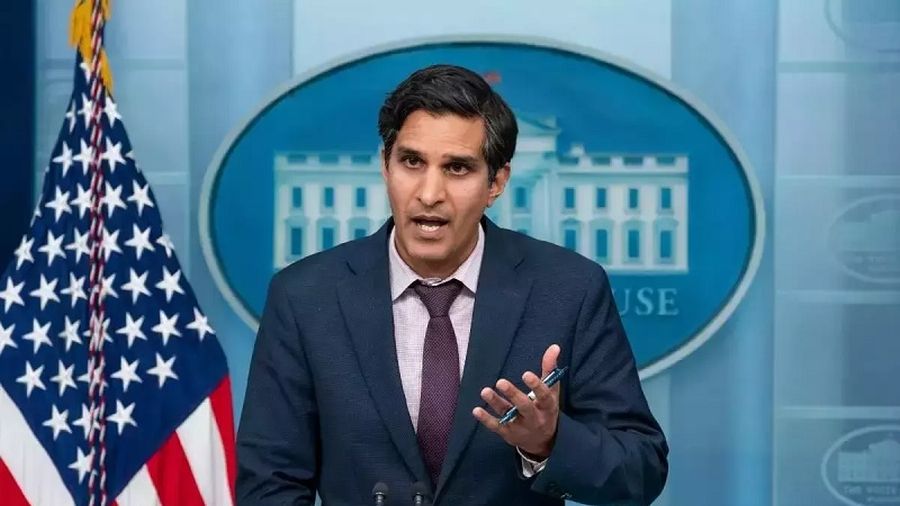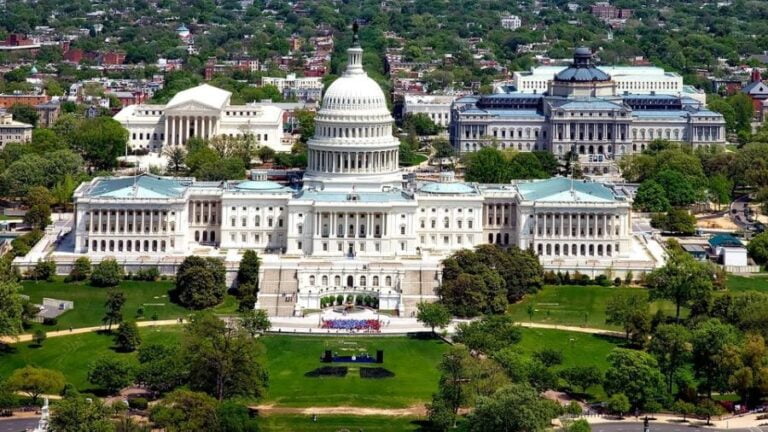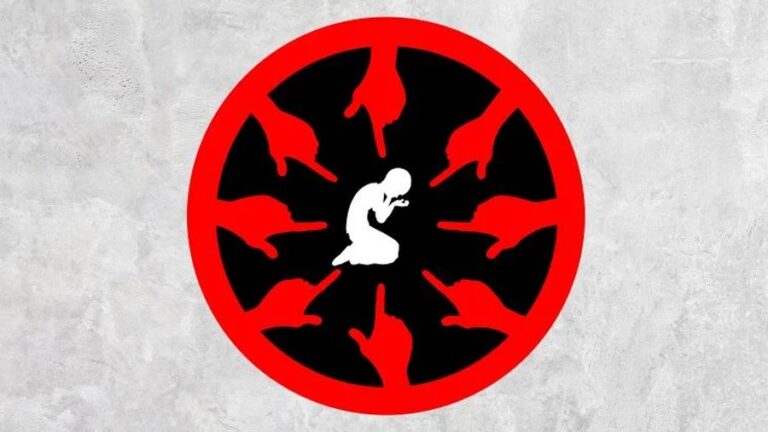An American Official Accidentally Got It Right About Russia & India
Exactly as Deputy National Security Advisor for International Economics Daleep Singh said, the potentially disproportionate dependence that Russia might eventually come to have on China could have real implications for India and obviously be unfavorable. It’s with these credible strategic concerns in mind that India is seeking to preemptively thwart that scenario from ever materializing by functioning as an alternative Western pressure valve for Russia so that it doesn’t have to disproportionately depend on China to that end.
The US’ understanding of Russian-Indian relations is outdated as evidenced by US Under Secretary of State for Political Affairs Victoria Nuland’s inaccurate assessment of their ties just the other day. This is partly because such figures remain ignorant of the emotional element in their relationship, but one American official just accidentally got it right. Deputy National Security Advisor (NSA) for International Economics Daleep Singh was just in New Delhi where he responded to a question from the Hindustan Times regarding US President Joe Biden’s scandalous claim that India’s position in the Quad is “somewhat shaky” with respect to Russia’s ongoing special military operation in Ukraine.
The relevant part of his answer is as follows:
“China is a strategic threat to a free, open and secure Indo-Pacific. If you set that against the reality that China and Russia have now declared a no limits partnership, and that Russia has said that China is its most important strategic partner, by extension, that has real implications for India. No one should kid themselves – Russia is going to be the junior partner in this relationship with China. And the more leverage that China gains over Russia, the less favourable that is for India. I don’t think anyone would believe that if China once again breached the Line of [Actual] Control, that Russia would come running to India’s defence.”
The rest of the analysis will explain what he got right and why, as well as the part that he still got wrong.
Singh wasn’t correct in his threat assessment of China but that was to be expected since he represents the greatest geopolitical opponent of the People’s Republic after all. Be that as it may, it’s his right to describe whoever he wants however he wants, but his claim about Russia not coming to India’s defense was factually false. Reports from the time of those two Asian Great Powers’ clash along the Galwan River Valley in summer 2020 suggested that Russia made early deliveries of ammunition and weapons to India worth $1 billion during that time. Defense Minister Rajnath Singh (no relation) also traveled to Moscow shortly after to attend Russia’s Victory Day parade and negotiate even more military deals.
It’s what Deputy NSA Singh got right, however, that’s worthwhile focusing on. Like the author explained in the first hyperlinked analysis in the present piece connected to Nuland’s inaccurate assessment of Russian-Indian relations, New Delhi is indeed driven by the fear that Moscow could become Beijing’s junior partner to remain steadfastly loyal to its half-century-long special and privileged strategic partner through its policy of principled neutrality towards the Ukrainian Conflict. Exactly as Singh said, the potentially disproportionate dependence that Russia might eventually come to have on China could have real implications for India and obviously be unfavorable.
It’s with these credible strategic concerns in mind that India is seeking to preemptively thwart that scenario from ever materializing by functioning as an alternative Western pressure valve for Russia so that it doesn’t have to disproportionately depend on China to that end. In a sense, this also arguably serves American strategic interests as well, though only genuinely multipolar ones related to the balance of influence/power across Eurasia and not its hegemonic interests connected to its ongoing attempt to geopolitically neutralize that Great Power. That same attempt, it should be said, has only led to
counterproductive results thus far as explained in the two preceding hyperlinks.
If the US still has any wise policymakers left, they’d advise their government to stop pressuring India to curtail and ultimately cut off its ties with Russia since New Delhi will never sacrifice its grand strategic interests in this respect by abandoning Moscow and thus compelling it to become disproportionately dependent on Beijing. The US-led West’s Hybrid War on Russia is ideologically driven since pure geopolitical calculations suggest that it should have sought to reach a series of pragmatic mutual compromises with Moscow instead of provoking it to militarily ensure the integrity of its national security red lines in Ukraine.
That outcome would have facilitated the US’ grand strategic reorientation towards the Indo-Pacific by freeing up its forces in Europe to redeploy to that region in order to more aggressively “contain” China together with those that might also have left West Asia around that time too pending a prospective nuclear deal with Iran. The end result would have been a doubling down on its so-called “Pivot to Asia” instead of practically freezing its military dimension in light of recent developments in Eastern Europe. Russia and Europe could have mutually benefitted from this rapprochement, but then the US wouldn’t have been able to hegemonically divide and rule them on an anti-Russian pretext like it just did.
America didn’t want to “share” its self-assumed “sphere of influence” in Europe with Russia, even if doing so would have helped give it an edge against China in the Indo-Pacific, preferring instead to reassert its declining unipolar hegemony over the West in order to also trigger an economic crisis there through the events that it’s since provoked that will likely weaken the dollar’s euro competitors as well as reduce the attractiveness of its companies’ rivals there too. Taking a page from Huntington, the US’ grand strategic calculation seems to have been to prioritize the consolidation of a civilizational sphere of influence, after which it could eventually order its Western vassals to go to war against China in Asia.
Unlike the EU countries, India isn’t anyone’s vassal state, even though the US attempted to mistreat it as such from summer 2020 onward despite having had the perfect opportunity in hindsight to clinch a game-changing strategic partnership with India immediately after its clash with China along the Galwan River Valley. From India’s perspective, the US’ de facto temporary abandonment of the military dimension of its “Pivot to Asia” only accelerated the strategic necessity of recalibrating its multi-alignment policy towards Russia in order to retain as much of a balance of influence on the continent as possible by preemptively averting the scenario of that Great Power becoming China’s junior partner.
Singh is on the path to understanding that logic but he still doesn’t quite get it because he’s blinded by the “American Exceptionalism” hubris of the declining unipolar hegemon that he represents. If only he and his government would soberly assess India’s grand strategic calculations vis-à-vis the balance of influence in Asia, abruptly complicated as it’s been by the US de facto freezing the military aspect of its “pivot” there after provoking Russia’s special operation in Ukraine, they’d finally appreciate the wisdom of New Delhi’s principled neutrality in this complex context. Observers shouldn’t get their hopes up for that happening, though, since the US has time and again disappointed those who expected better.







